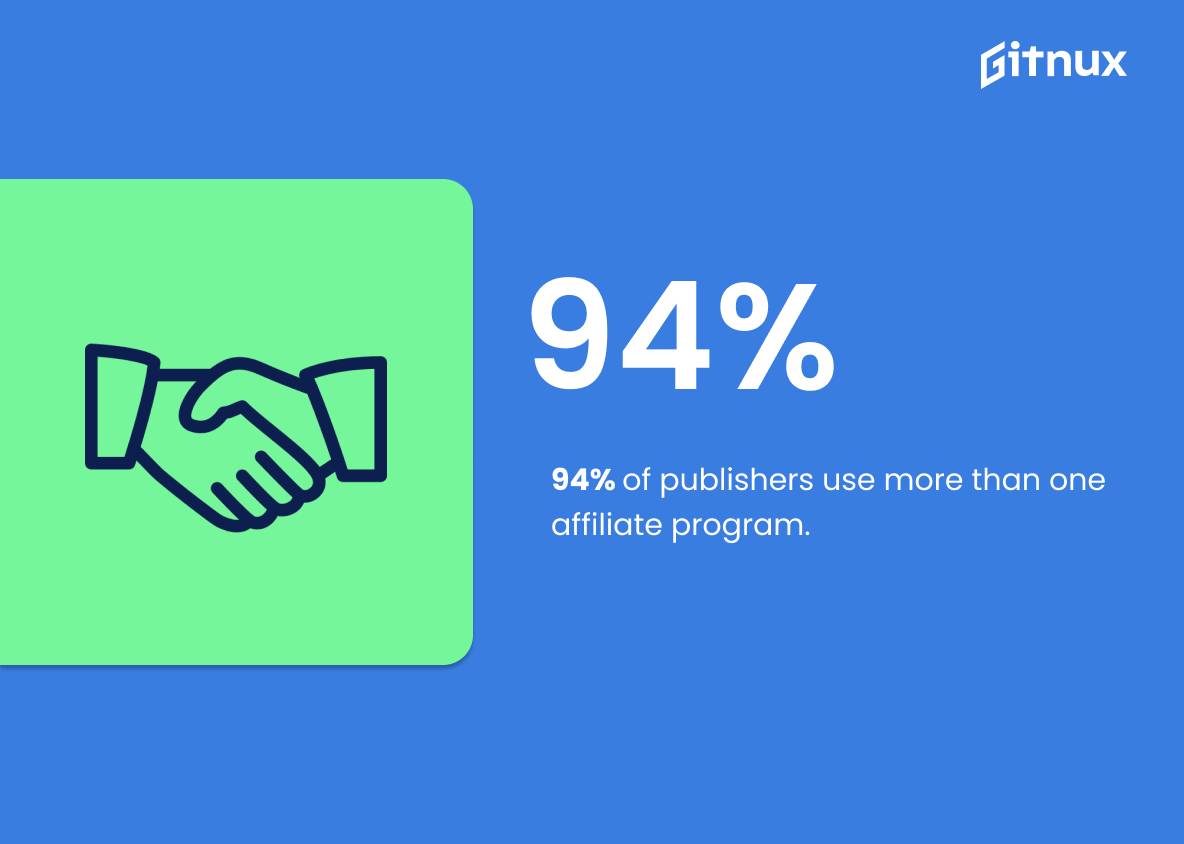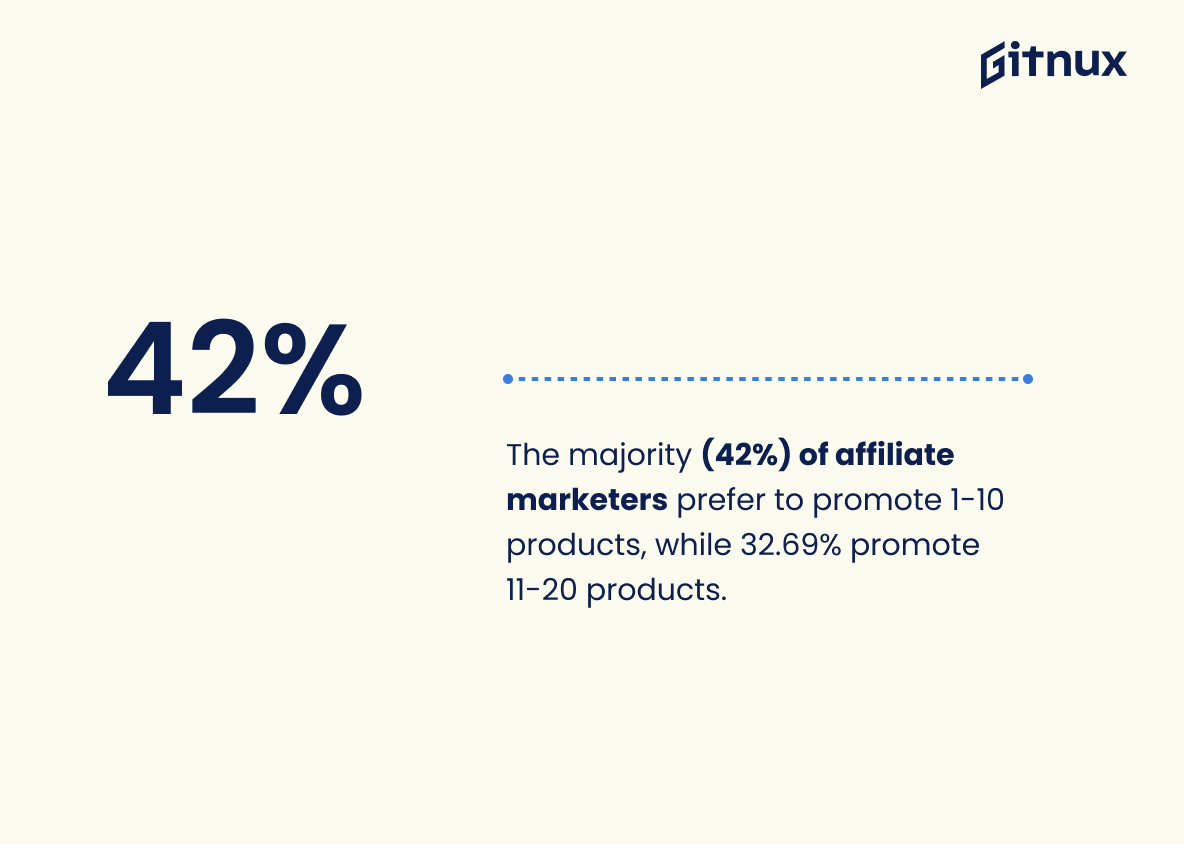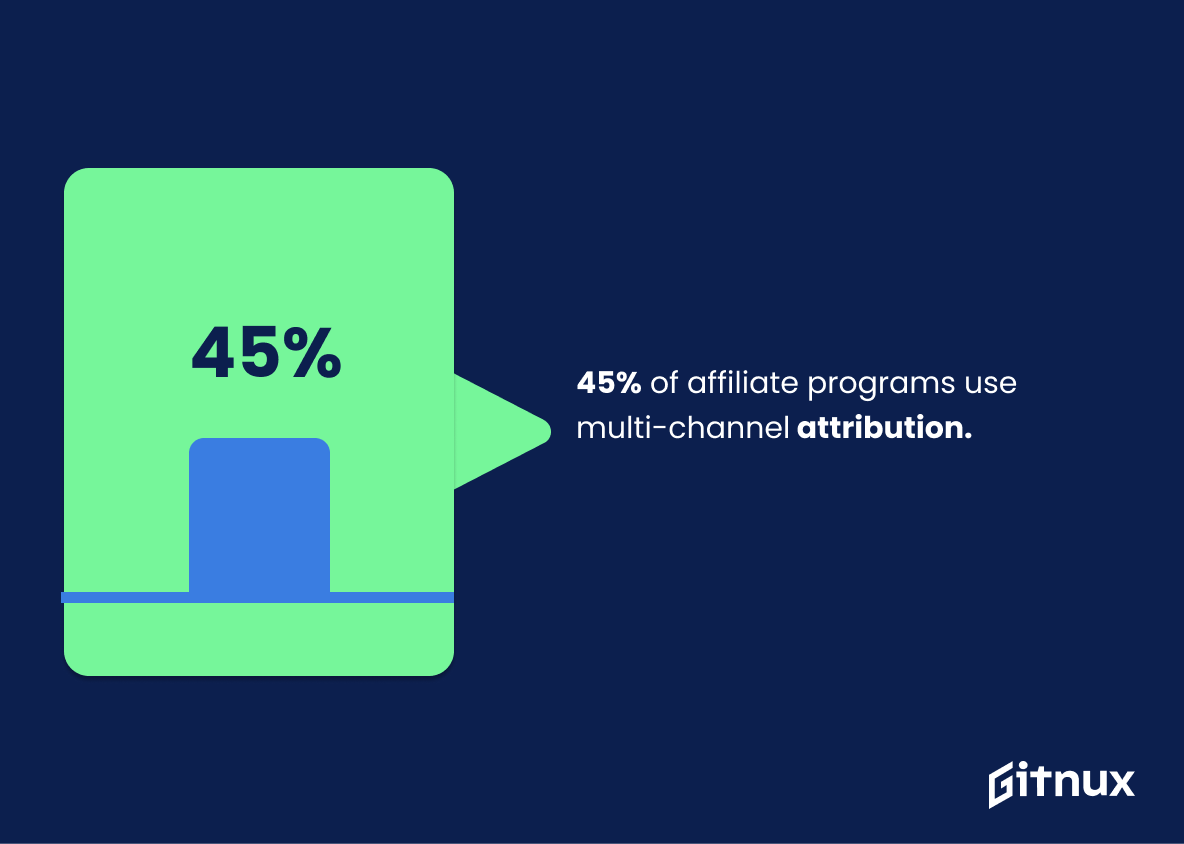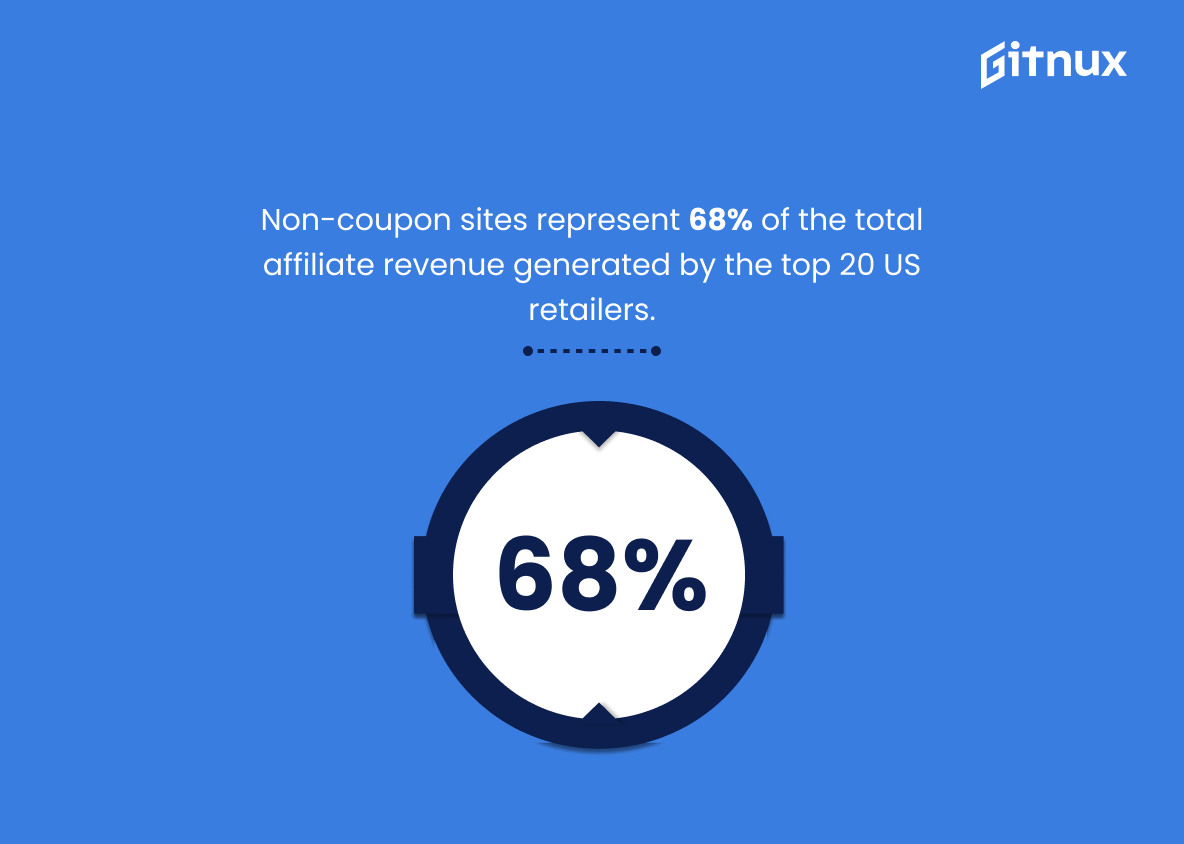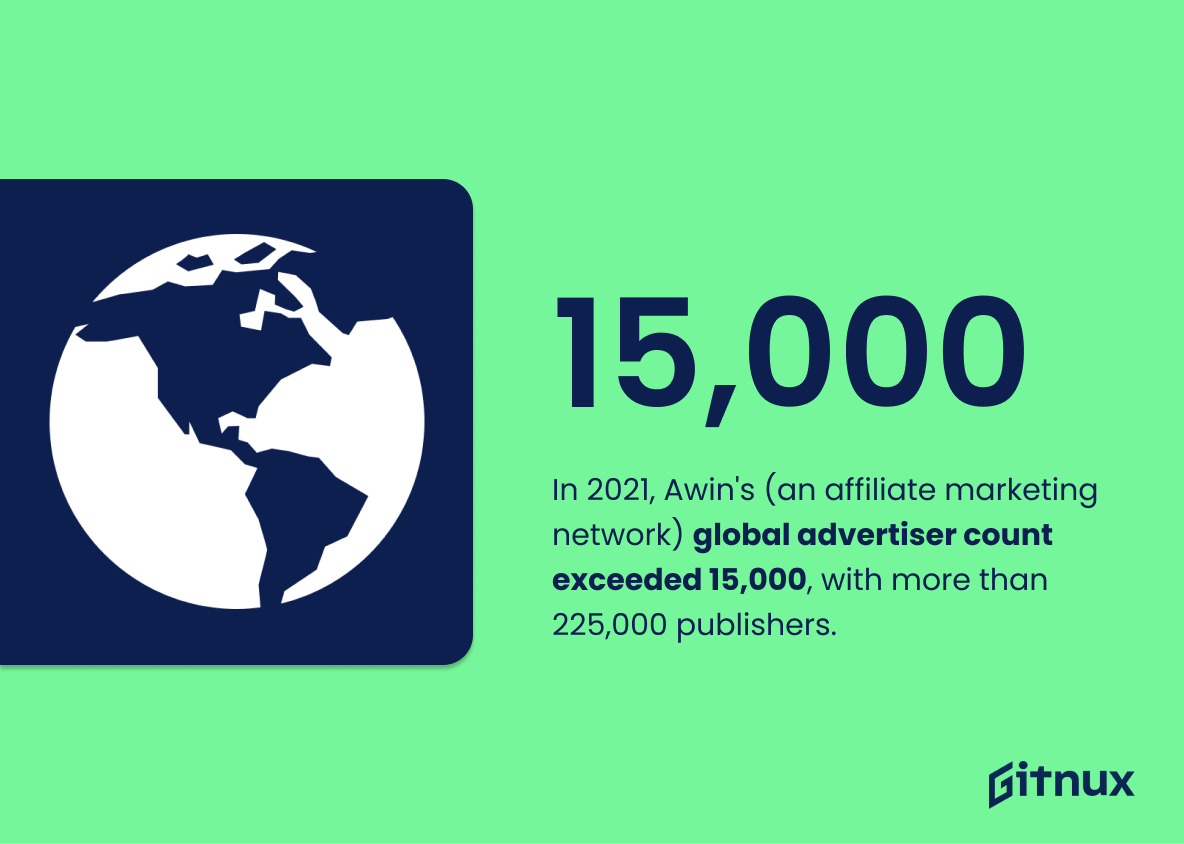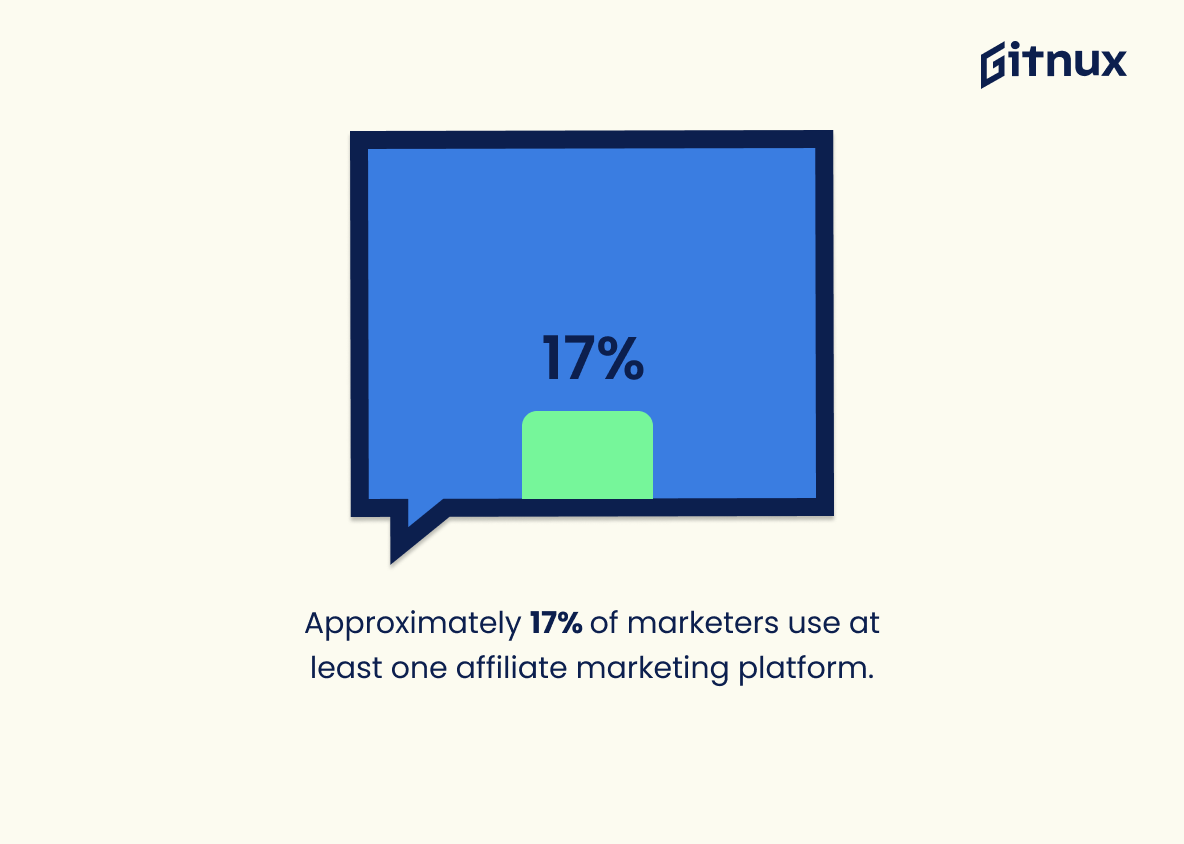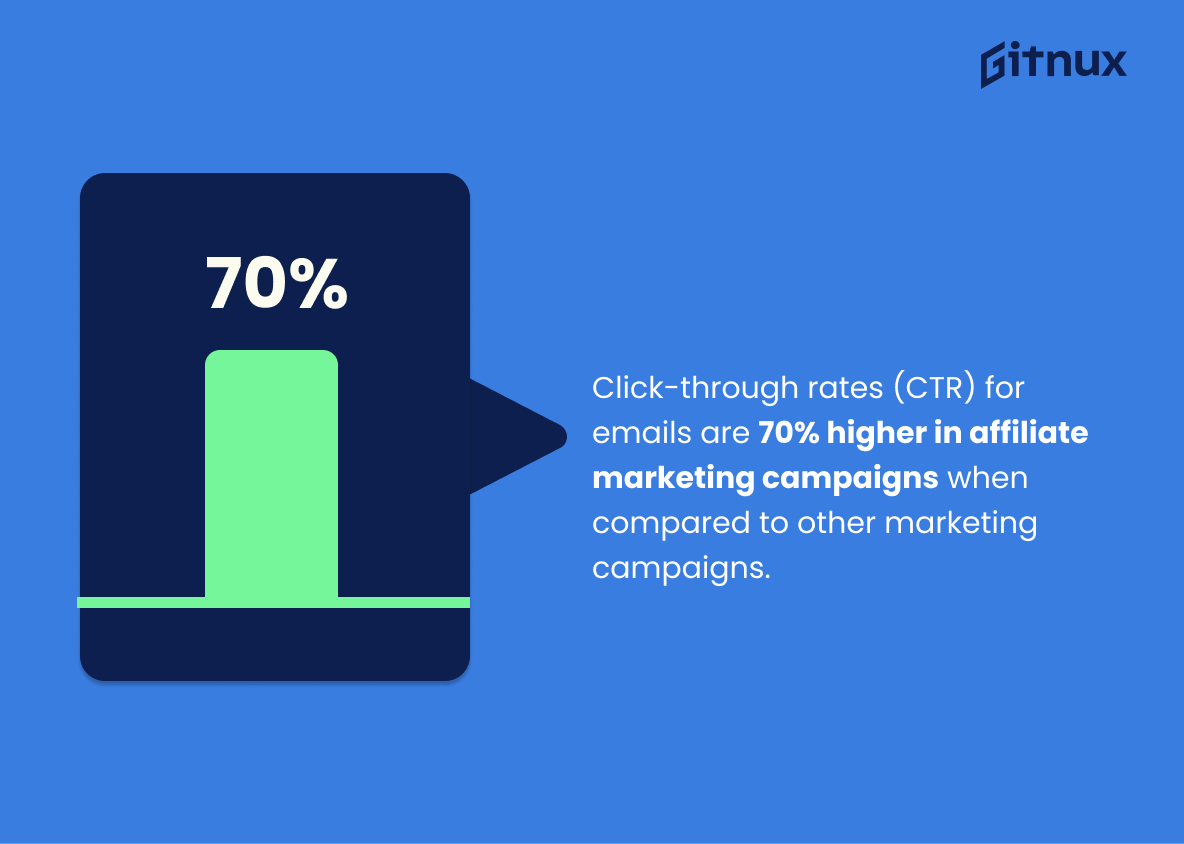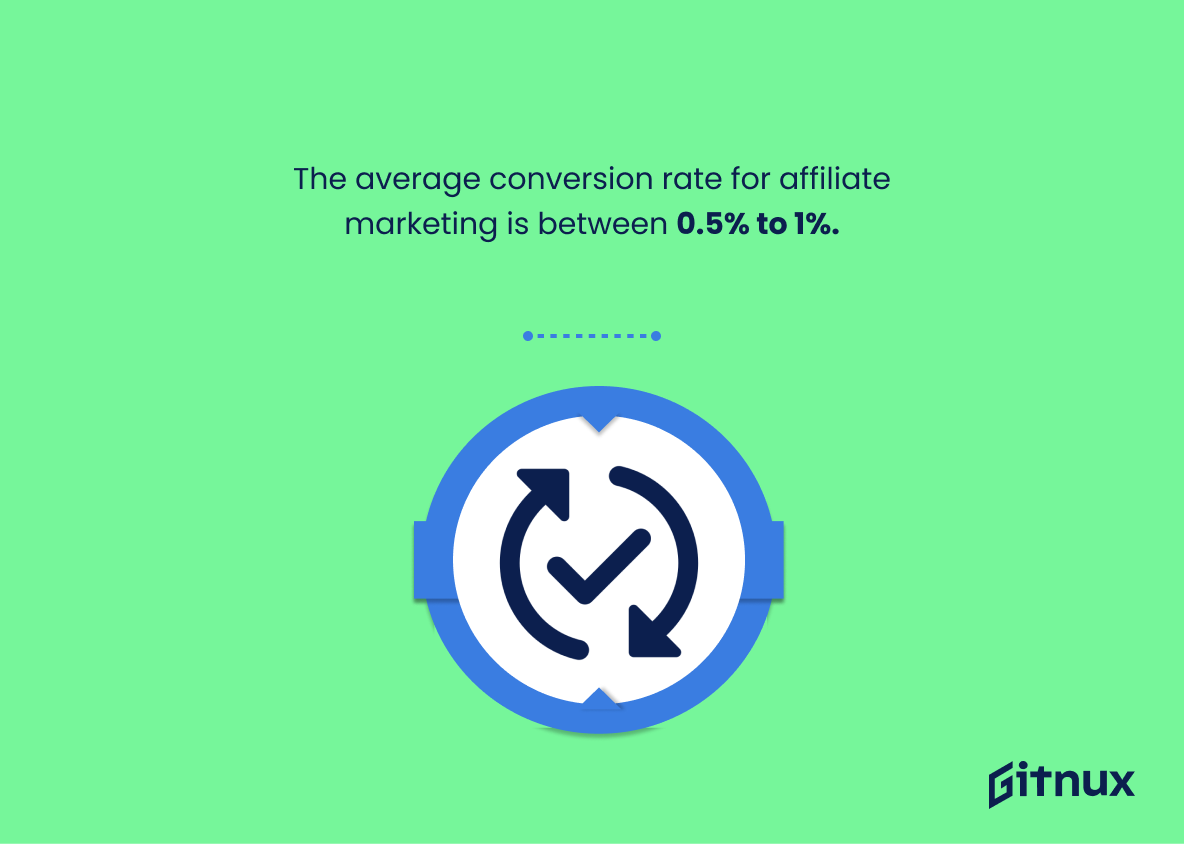Affiliate marketing is a powerful tool for brands and publishers to leverage in order to increase their reach, revenue, and ROI. According to statistics from Neil Patel’s blog post on how-to do affiliate marketing, 81% of brands and 84% of publishers are already taking advantage of this strategy. On average, it generates 400% return on advertising spend (ROAS). In the United States alone spending on affiliate marketing is projected to reach $8.2 billion by 2022.
The success rate for affiliates can be quite high with 23% making more than $75K annually while 35% earn over $20K per year according to data collected by ASR Digital Solutions Inc.. Additionally, 50+ percent of referrals come through mobile devices which makes sense given that 40 percent of marketers consider having an understanding about affiliate marketing as one the most desired digital skills today. Fashion remains the top category when it comes to campaigns accounting for 18.7%.
90 percent advertisers view this form or promotion as important or very important part their overall strategies whereas 94 % use multiple programs at once; 5-10 % being generated via online publisher’s revenues . Awin reported 15000 global advertiser count exceeding 225000 publishers in 2021 , 17 % using at least one platform & 43 47 clicks happening globally out which 56 53 were mobile based . CTR emails 70 higher compared other forms & avg conversion rates 0 5 1 respectively .
Affiliate Marketing Statistics Overview
35% of affiliates earn over $20,000 annually.
This statistic is a testament to the potential of affiliate marketing as a lucrative source of income. It shows that a significant portion of affiliates are able to generate a substantial income from their efforts, which can be a powerful motivator for those considering entering the field. It also serves as a reminder that, with the right strategies and dedication, affiliate marketing can be a rewarding and profitable venture.
Fashion is the most popular affiliate marketing category, accounting for 18.7% of affiliate campaigns.
This statistic is a testament to the power of fashion in the world of affiliate marketing. It shows that fashion is a major player in the industry, with a significant portion of campaigns devoted to it. This highlights the importance of fashion in the affiliate marketing landscape and the potential for success that it offers. It also serves as a reminder that fashion should not be overlooked when it comes to affiliate marketing strategies.
90% of advertisers consider affiliate marketing as important or very important to their overall marketing strategy.
This statistic is a testament to the power of affiliate marketing, demonstrating that the vast majority of advertisers recognize its importance in their overall marketing strategy. It is a clear indication that affiliate marketing is a viable and effective way to reach potential customers and increase sales. This statistic is an invaluable piece of information for anyone looking to learn more about the effectiveness of affiliate marketing and how it can be used to benefit their business.
94% of publishers use more than one affiliate program.
This statistic is a powerful indicator of the prevalence of affiliate marketing programs among publishers. It shows that the majority of publishers are taking advantage of multiple programs, suggesting that affiliate marketing is a viable and profitable option for them. This statistic is especially relevant to a blog post about Affiliate Marketing Statistics, as it provides a clear example of the success of this marketing strategy.
5-10% of an online publisher’s revenue comes from affiliate marketing.
This statistic is a valuable insight into the potential of affiliate marketing as a revenue stream for online publishers. It demonstrates that, while it may not be the primary source of income, it can still be a significant contributor to the bottom line. This is especially important for bloggers looking to monetize their content, as it shows that affiliate marketing can be a viable option for them.
The majority (42%) of affiliate marketers prefer to promote 1-10 products, while 32.69% promote 11-20 products.
This statistic is significant in the context of affiliate marketing statistics because it provides insight into the preferences of affiliate marketers. It shows that the majority of affiliate marketers prefer to promote a smaller number of products, while a significant portion still prefer to promote a larger number of products. This information can be used to inform decisions about the types of products to promote and the number of products to promote in order to maximize affiliate marketing success.
45% of affiliate programs use multi-channel attribution.
This statistic is significant in the context of affiliate marketing statistics because it highlights the importance of multi-channel attribution in the success of affiliate programs. By utilizing multi-channel attribution, affiliate programs are able to track the performance of their campaigns across multiple channels, allowing them to optimize their strategies and maximize their returns. This statistic demonstrates the prevalence of multi-channel attribution in the affiliate marketing industry, and serves as a reminder of its importance for those looking to get the most out of their affiliate programs.
Non-coupon sites represent 68% of the total affiliate revenue generated by the top 20 US retailers.
This statistic is a powerful indicator of the success of non-coupon sites in the affiliate marketing space. It shows that the majority of revenue generated by the top 20 US retailers is coming from non-coupon sites, which suggests that these sites are providing a valuable service to their customers. This is an important insight for anyone looking to get involved in affiliate marketing, as it highlights the potential for success that can be achieved through non-coupon sites.
In 2021, Awin’s (an affiliate marketing network) global advertiser count exceeded 15,000, with more than 225,000 publishers.
This statistic is a testament to the power of affiliate marketing, demonstrating that more and more businesses are turning to this form of marketing to reach their target audiences. It also shows that the affiliate marketing industry is growing rapidly, with more than 225,000 publishers joining the network. This is a clear indication that affiliate marketing is becoming an increasingly popular and effective way to promote products and services.
Approximately 17% of marketers use at least one affiliate marketing platform.
This statistic is a telling indication of the prevalence of affiliate marketing platforms in the marketing world. It shows that a significant portion of marketers are taking advantage of the opportunities that affiliate marketing provides, and that it is a viable option for businesses looking to expand their reach. This statistic is an important piece of information for anyone researching affiliate marketing, as it provides a snapshot of the current state of the industry.
In 2020, 43.47% of global affiliate clicks occurred on desktop devices, whereas 56.53% happened on mobile devices.
This statistic is a crucial indicator of the current state of the affiliate marketing industry. It shows that the majority of clicks are now happening on mobile devices, which means that marketers need to be aware of the importance of optimizing their affiliate campaigns for mobile users. This is especially important for those who are looking to maximize their affiliate earnings, as mobile users are more likely to click on affiliate links than desktop users. Additionally, this statistic can help marketers understand the importance of creating content that is optimized for mobile devices, as this will help them reach a larger audience and increase their chances of success.
Click-through rates (CTR) for emails are 70% higher in affiliate marketing campaigns when compared to other marketing campaigns.
This statistic is a powerful indicator of the effectiveness of affiliate marketing campaigns. It demonstrates that when compared to other marketing campaigns, affiliate marketing campaigns are more successful in driving users to take action. This is an invaluable insight for marketers looking to maximize their return on investment, as it shows that investing in affiliate marketing campaigns can be a highly effective way to increase click-through rates.
The average conversion rate for affiliate marketing is between 0.5% to 1%.
This statistic is a crucial indicator of the effectiveness of affiliate marketing, as it provides a benchmark for how successful campaigns can be. It is an important piece of information for anyone looking to get involved in affiliate marketing, as it can help them understand the potential returns they can expect from their efforts. Additionally, it can be used to compare the performance of different campaigns and strategies, allowing marketers to make informed decisions about how to best optimize their efforts.
Conclusion
Affiliate marketing is a powerful tool for brands and publishers to leverage, with an average 400% return on advertising spend (ROAS) and projected spending of $8.2 billion in the United States by 2022. It has become increasingly popular among marketers, with 40% citing it as their most desired digital skill. The majority of affiliate referrals come from mobile devices, while fashion accounts for 18.7% of campaigns overall. Affiliates can earn up to $75,000 annually or more than $20,000 per year on average; 5-10% of online publisher’s revenue comes from affiliate marketing too. Multi-channel attribution is used by 45%, non-coupon sites represent 68%, and email click through rates are 70%. Finally, the conversion rate averages between 0.5%-1%. All these statistics demonstrate that there are many opportunities available when it comes to leveraging the power of affiliate marketing successfully.
References
0. – https://www.upnest.com
1. – https://www.bloggingwizard.com
2. – https://www.supermetrics.com
3. – https://www.influencermarketinghub.com
4. – https://www.lifewire.com
5. – https://www.abetterlemonadestand.com
6. – https://www.hostingtribunal.com
7. – https://www.awin.com
8. – https://www.vouchercodespro.co.uk
9. – https://www.bloggingkarma.com
10. – https://www.99firms.com
11. – https://www.landingi.com
12. – https://www.oakymarketing.com
13. – https://www.authorityhacker.com
14. – https://www.mobiletransaction.org
ZipDo, cited June 2023: Affiliate Marketing Statistics





